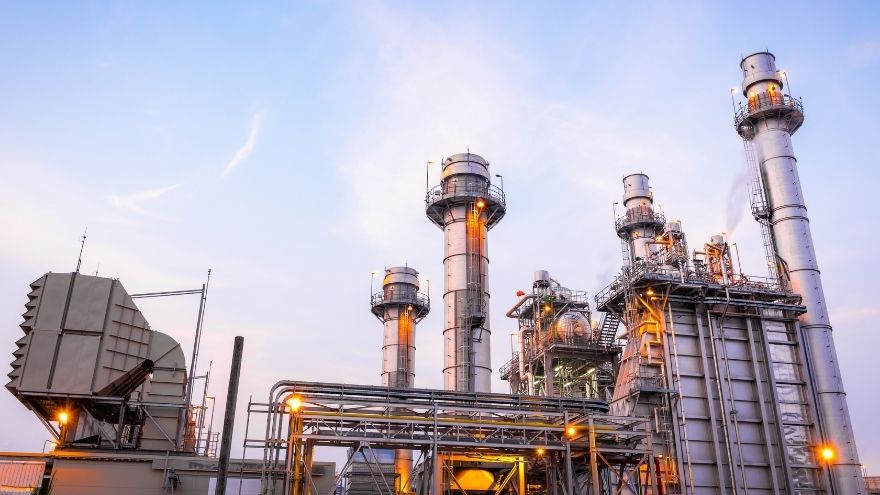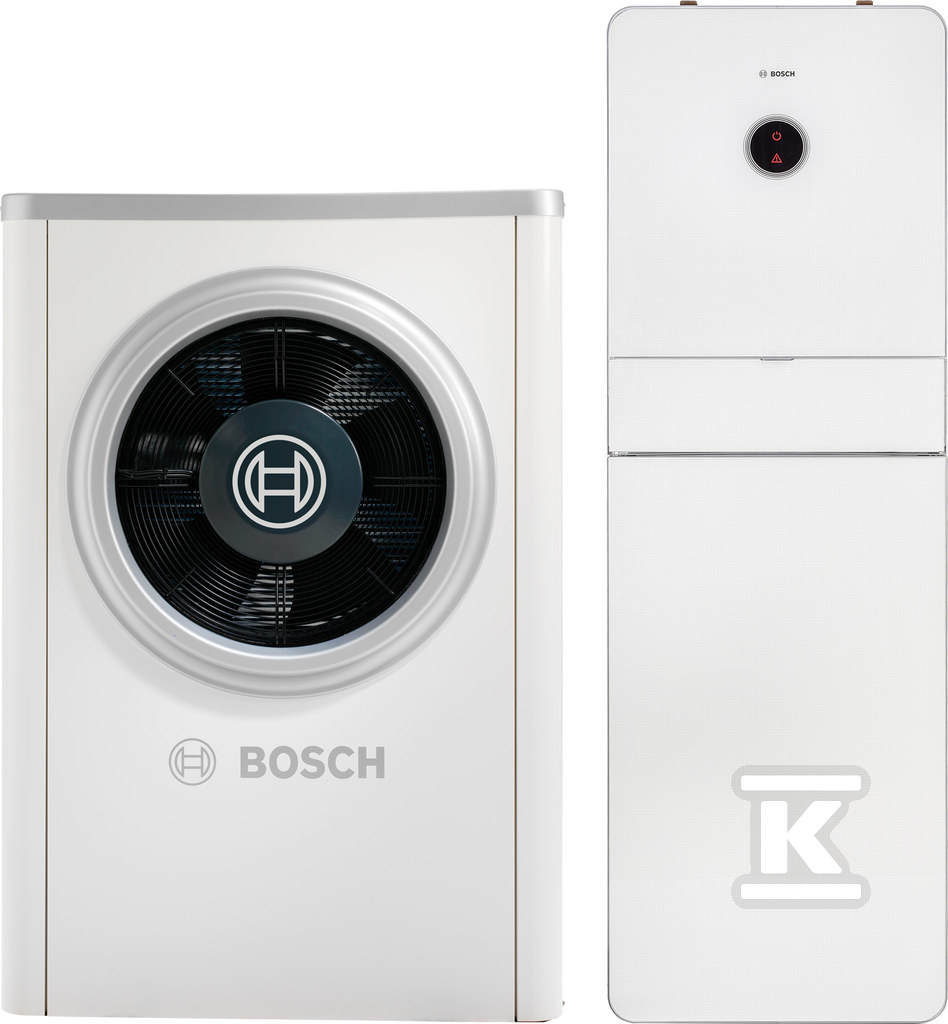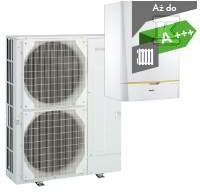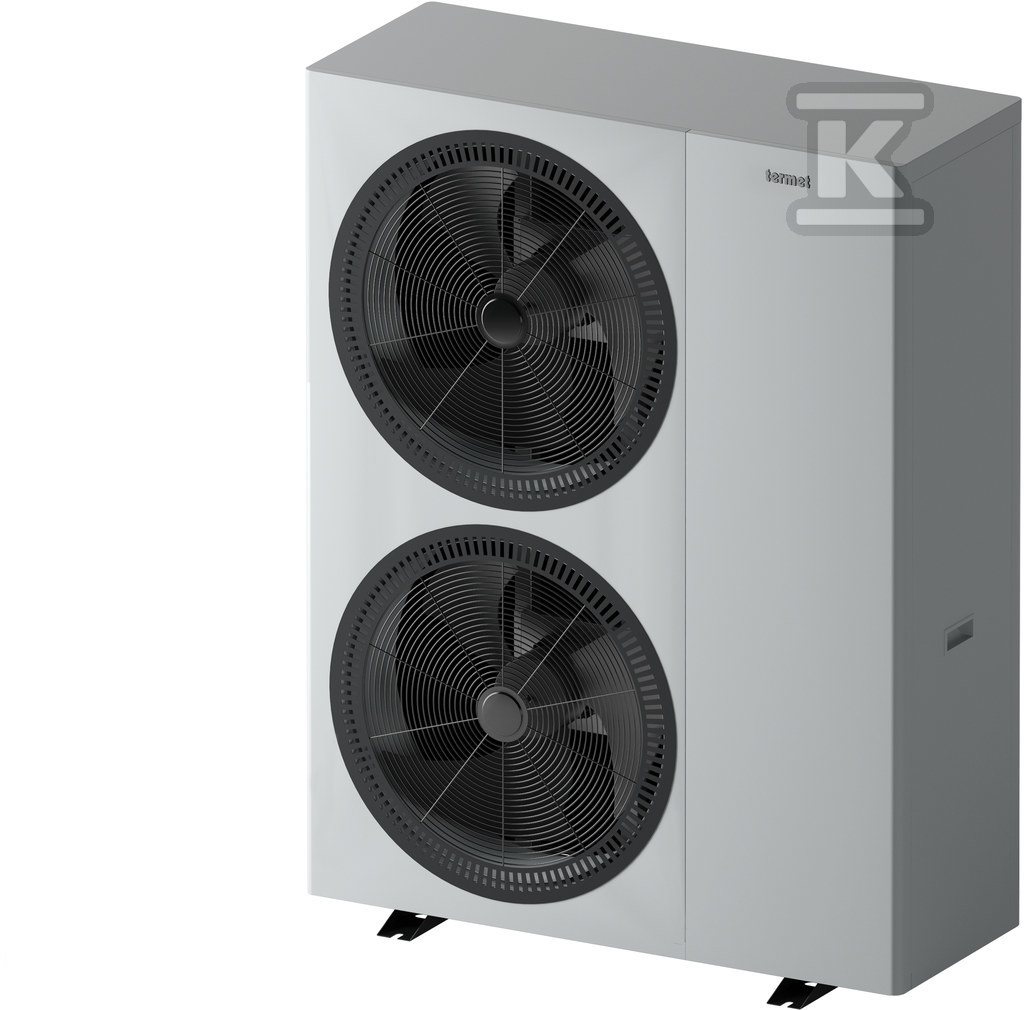Modern waste heat recovery technologies enable significant increases in the energy efficiency of heating and cooling installations. Waste heat is generated in many industrial processes and in buildings, and its recovery and reuse of waste heat can lead to lower costs of thermal energy and electricity, while reducing the impact on the environment. What is waste heat? Check the methods and technologies that contribute to the optimization of heating systems using devices available on the market.

Check out the heat pumps at the Onninen wholesaler
Heating and cooling processes in industry
Heat recovery processes ( heating and cooling) are a key element of production cycles in many industries. These include the food, chemical and energy industries, and these are just a small fraction of industries interested in waste heat as a raw material.
 In industrial installations, huge amounts of heat energy are emitted into the environment , which, apart from negative effects on the environment, contributes to the occurrence of significant economic losses. One of the solutions to minimize these losses is the recovery of heat from production processes . Interestingly, the use of waste heat from, for example, sewage treatment plants brings excellent results.
In industrial installations, huge amounts of heat energy are emitted into the environment , which, apart from negative effects on the environment, contributes to the occurrence of significant economic losses. One of the solutions to minimize these losses is the recovery of heat from production processes . Interestingly, the use of waste heat from, for example, sewage treatment plants brings excellent results.
Waste heat can be effectively reused, for example, to heat buildings in the event of cold , or to power air conditioning systems. In the same way, utility water can be heated.
The key to this process is the correct planning of the recovery installation, which in practice means the effective use of waste heat . Depending on the type of process and waste temperature, various technologies can be used, such as heat pumps and heat exchangers, which contribute to improving the efficiency of the system. To increase the efficiency of the heat energy acquisition system, devices using renewable energy sources are installed:
- Air-source heat pumps that enable heat recovery even from low outside air temperatures.
- Ground-source heat pumps , using the stable ground temperature (geothermal energy) to efficiently heat buildings.
- Photovoltaics and energy storage , enabling storage of surplus electricity generated by photovoltaics .
How to properly manage the use of energy in circulation?
Proper management of energy in the cycle involves the use and integration of various energy sources and storage devices. Waste heat can be converted into electrical or thermal energy , which is then used in industrial processes or as heating for buildings.
 One of the key tools in this area are heat pumps , which enable efficient use of heat by increasing its temperature and thus reusing it in heating systems.
One of the key tools in this area are heat pumps , which enable efficient use of heat by increasing its temperature and thus reusing it in heating systems.
Photovoltaics is also an important element, which, in combination with energy storage , enables powering heating devices such as air or ground heat pumps . It should be emphasized that efficient energy storage allows for the storage of excess electrical energy and its later use to power the installation.
The efficiency of waste heat utilization also depends on the correct management of heat flows in the installation, which allows for reducing losses and increasing the efficiency of the entire system.
Optimization of the heating system by using waste heat
 The optimization of the heating system using waste heat consists in the maximum use of available thermal resources from production processes or buildings. The key element is the appropriate selection of devices and their integration in the heating system.
The optimization of the heating system using waste heat consists in the maximum use of available thermal resources from production processes or buildings. The key element is the appropriate selection of devices and their integration in the heating system.
An example is the use of air-source heat pumps , which enable the recovery of waste heat from exhaust air from industrial processes and then reuse it to heat buildings or utility water.
Examples of solutions available on the market include heat pumps that can be integrated with existing heating systems in industrial buildings. Such systems can significantly increase energy efficiency and reduce operating costs.
Advantages of waste heat recovery:
- Reducing the operating costs of heating installations.
- Increasing the efficiency of energy use in industrial processes.
- Reducing carbon dioxide (CO2) emissions and having a positive impact on the environment.
- The use of modern technologies such as photovoltaics and energy storage .
- The use of cogeneration, as simultaneous acquisition of electricity and heat in one technological process. The process limits fuel combustion and affects the reduction of energy transport costs.
Modern technologies enable effective heat recovery and its efficient use in heating systems. For example , ground heat pumps allow the use of stable ground temperature conditions, which contributes to the efficient operation of the system throughout the year.
Check out Onninen's offer today. Take advantage of the opportunity to support the efficient use of waste heat and contribute to increasing the energy efficiency of your installations.